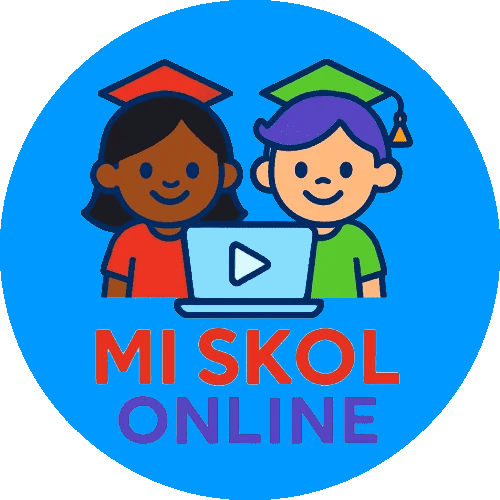KIKI’S LANGUAGE ADVENTURE: PLAY- BASED VOCABULARY LEARNING FOR YOUNG MINDS

Course Content
MODULE 1: THE IMPORTANCE OF LANGUAGE LEARNING
MODULE 2: HOW CHILDREN’S BRAINS DEVELOP AND LEARN LANGUAGE
MODULE 3: TEACHING FOREIGN LANGUAGES TO CHILDREN USING KIKI AND THE VERHALLEN & VERMEER FOUR-STEP METHOD
Lesson objectives – Module 1
You don't currently have access to this content
INTRODUCTION: THE POWER OF LANGUAGE LEARNING
You don't currently have access to this content
COGNITIVE ADVANTAGES OF LANGUAGE LEARNING
You don't currently have access to this content
ACADEMIC ACHIEVEMENT AND LANGUAGE PROFICIENCY
You don't currently have access to this content
EMOTIONAL AND PSYCHOLOGICAL BENEFITS
You don't currently have access to this content
SOCIAL INTEGRATION AND COMMUNITY ENGAGEMENT
You don't currently have access to this content
LONG-TERM BENEFITS OF EARLY LANGUAGE LEARNING
You don't currently have access to this content
THE ROLE OF PARENTS AND EDUCATORS
You don't currently have access to this content
OVERCOMING CHALLENGES IN LANGUAGE LEARNING
You don't currently have access to this content
PRACTICAL TIPS FOR SUPPORTING LANGUAGE LEARNING AT HOME
You don't currently have access to this content
Lesson Objectives – Module 2
You don't currently have access to this content
THE RAPID GROWTH OF A CHILD’S BRAIN
You don't currently have access to this content
EXPERIENCE BUILDS THE BRAIN
You don't currently have access to this content
BRAIN AREAS INVOLVED IN LANGUAGE LEARNING
You don't currently have access to this content
BEST PRACTICES FOR TEACHING CHILDREN IN MULTILINGUAL OR MINORITY LANGUAGE CONTEXTS
You don't currently have access to this content
Lesson Objectives – Module 3
You don't currently have access to this content
MAKING LANGUAGE LEARNING PLAYFUL AND EFFECTIVE
You don't currently have access to this content
MEET KIKI – YOUR CHILD’S FIRST LANGUAGE BUDDY
You don't currently have access to this content
THE FOUR-STEP MODEL BY VERHALLEN & VERMEER: A STRUCTURED APPROACH TO VOCABULARY TEACHING
You don't currently have access to this content
INTEGRATING KIKI AND THE FOUR-STEP MODEL: A COHESIVE APPROACH
You don't currently have access to this content
Final Quizzes
Quiz – Module 1
You don't currently have access to this content
Quiz – Module 2
You don't currently have access to this content
Quiz – Module 3
You don't currently have access to this content


